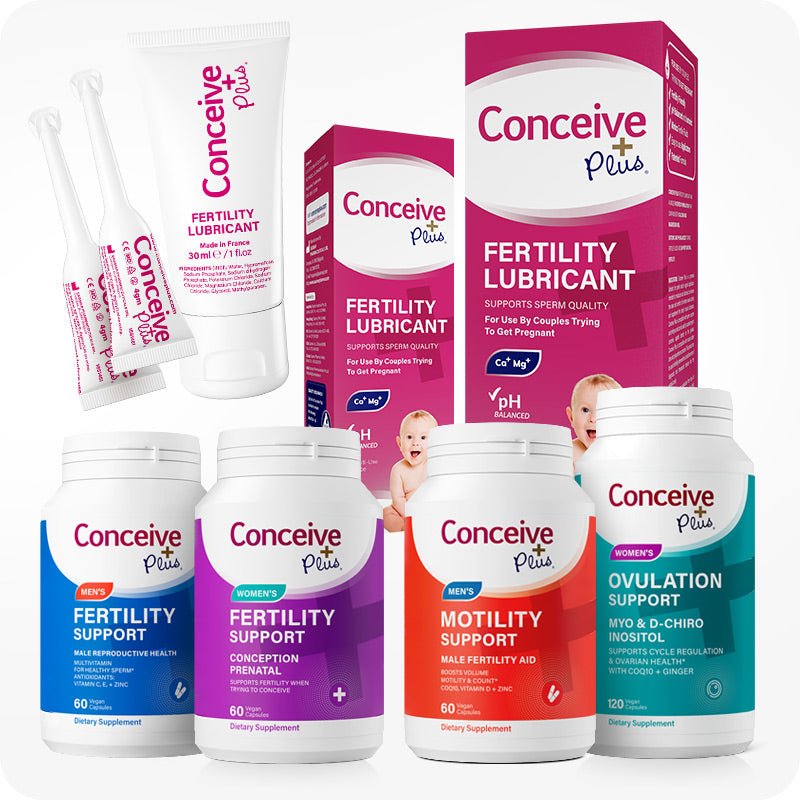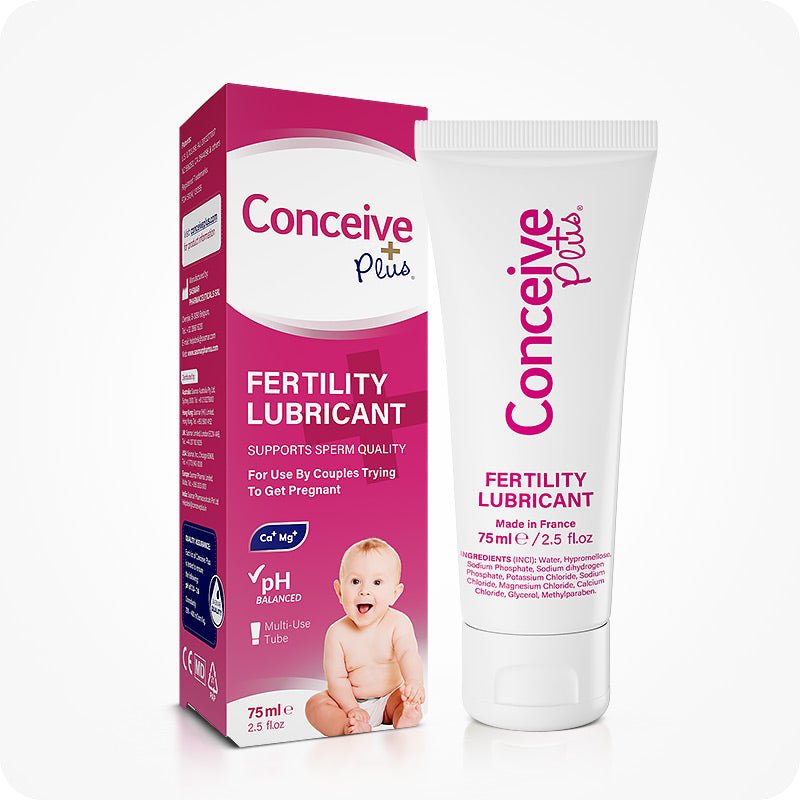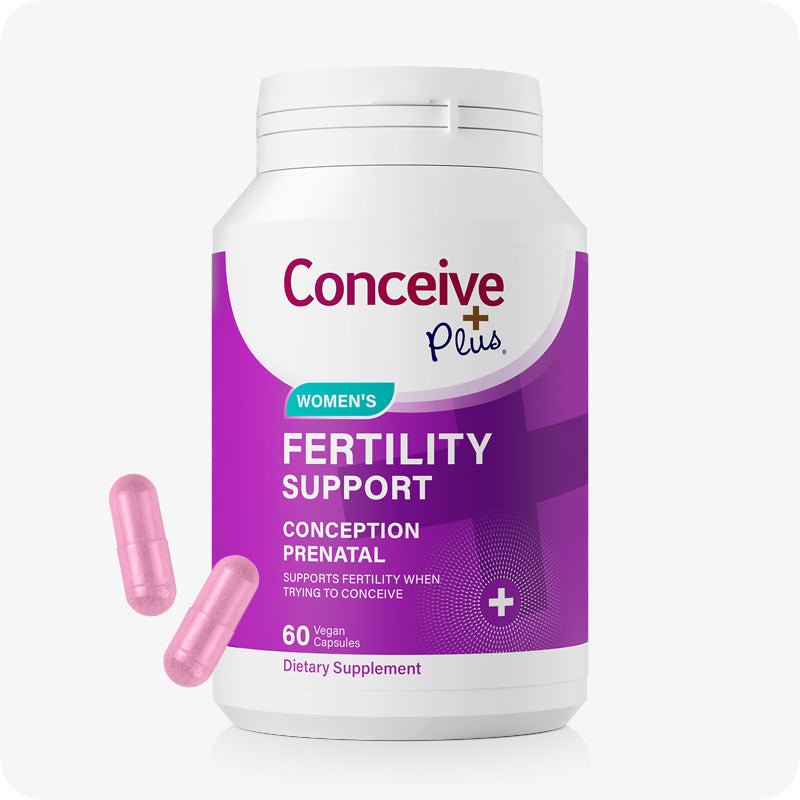IVF improving but other fertility treatments keep multiple births high

Fertility technology in the United States has a huge influence on the frequency of twins, triplets, and other multiple births, according to new estimates published in the New England Journal of Medicine.
Dr. Eli Y. Adashi, professor of obstetrics and gynecology at Brown University, and his colleagues calculated that more than a third of twin births and more than three-quarters of triplets or higher-order births in the United States in 2011 were the result of fertility treatments. However, the proportion of triplets or more related to medical assistance has actually dropped from a peak of 84 percent in 1998 after in vitro fertilization (IVF) guidelines discouraging implantation of three or more embryos took effect that year, the study reports. IVF has also improved enough that single embryo transfers now often succeed in producing healthy pregnancies.
But in the meantime, non-IVF fertility treatments such as ovarian stimulation and ovulation induction have increased to become the predominant source of medically assisted multiple births in the country.
"It's an unintended consequence of otherwise well intentioned and remarkable technology."
Some mothers and couples may hope for twins through fertility treatments, Adashi said, but more often multiple births are not desired. In those cases, he said, the new parents and children incur unwarranted medical risk and long-term financial costs that doctors should strive to prevent. "We do have a real problem with way too many multiple births in the United States with consequences to both mothers and babies," said Adashi, the study's senior author and former dean of the Warren Alpert Medical School of Brown University.
Multiples multiply
The contribution of fertility treatments over the last 40 years is unmistakable: Between 1971 and 2011, the percent of U.S. births that were multiples doubled to 3.5 percent from 1.8 percent. Even after adjusting for maternal age, the rate of twin births rose 1.6 times between 1971 and 2009, the authors reported. And while triplets or more due to IVF have dropped to 32 percent of cases from 48 percent between 1998 and 2011, the percent of triplets or more due to non-IVF procedures rose to 45 percent of cases from 36 percent during that same time.
"IVF is moving, in a sense, in the right direction and cleaning up its act, whereas the non-IVF technologies are at a minimum holding their own and possibly getting worse," Adashi said.He suggests that, from a policy point of view what is needed is an expansion of focus in improving all fertility treatments, whereby they weren't considered as relevant as IVF previously.










